Earth news stories

Historical records have long suggested that medieval Norse colonists on Greenland (AD 985–1450) relied on imported material such as iron and wood. Until now, it has not been fully recognized where these imports of wood came from. See the study here.
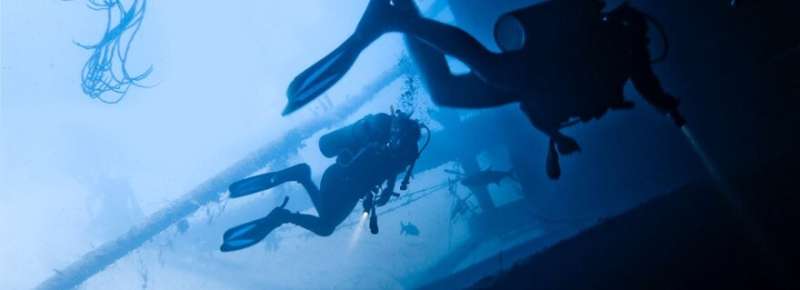
Traces of the past remain hidden in rivers, lakes and seas. But we rarely look underwater and, as they say, out of sight is out of mind. In his inaugural lecture Martijn Manders will explain why underwater archaeology is so important to understanding our history.

What do medieval monks and volcanic eruptions have in common? According to a team of researchers led by the University of Geneva, quite a bit because chronicles from the 12th and 13th century are helping volcanologists to precisely date ancient eruptions based on descriptions of lunar eclipses. See the research here.
Image from: .scopex (Wiki Commons)
In the depths of a network of underwater caves, Julien Louys has been on the trail of some rather unusual animals. Despite the sunken setting, these creatures weren’t forms of marine life — they were giant marsupials, and they became extinct tens of thousands of years ago.

The eye is so complex that even Charles Darwin was at a loss to explain how it could have arisen. Now, it turns out that the evolution of the vertebrate eye got an unexpected boost—from bacteria, which contributed a key gene involved in the retina’s response to light.
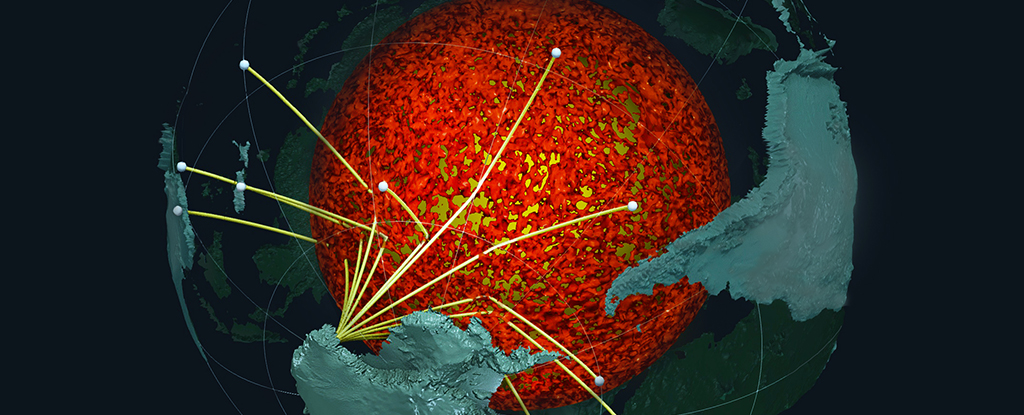
Scientists have stitched together the most high-resolution map yet of the underlying geology beneath Earth’s Southern Hemisphere, revealing something previously undiscovered: an ancient ocean floor that may wrap around the core. See the research here.
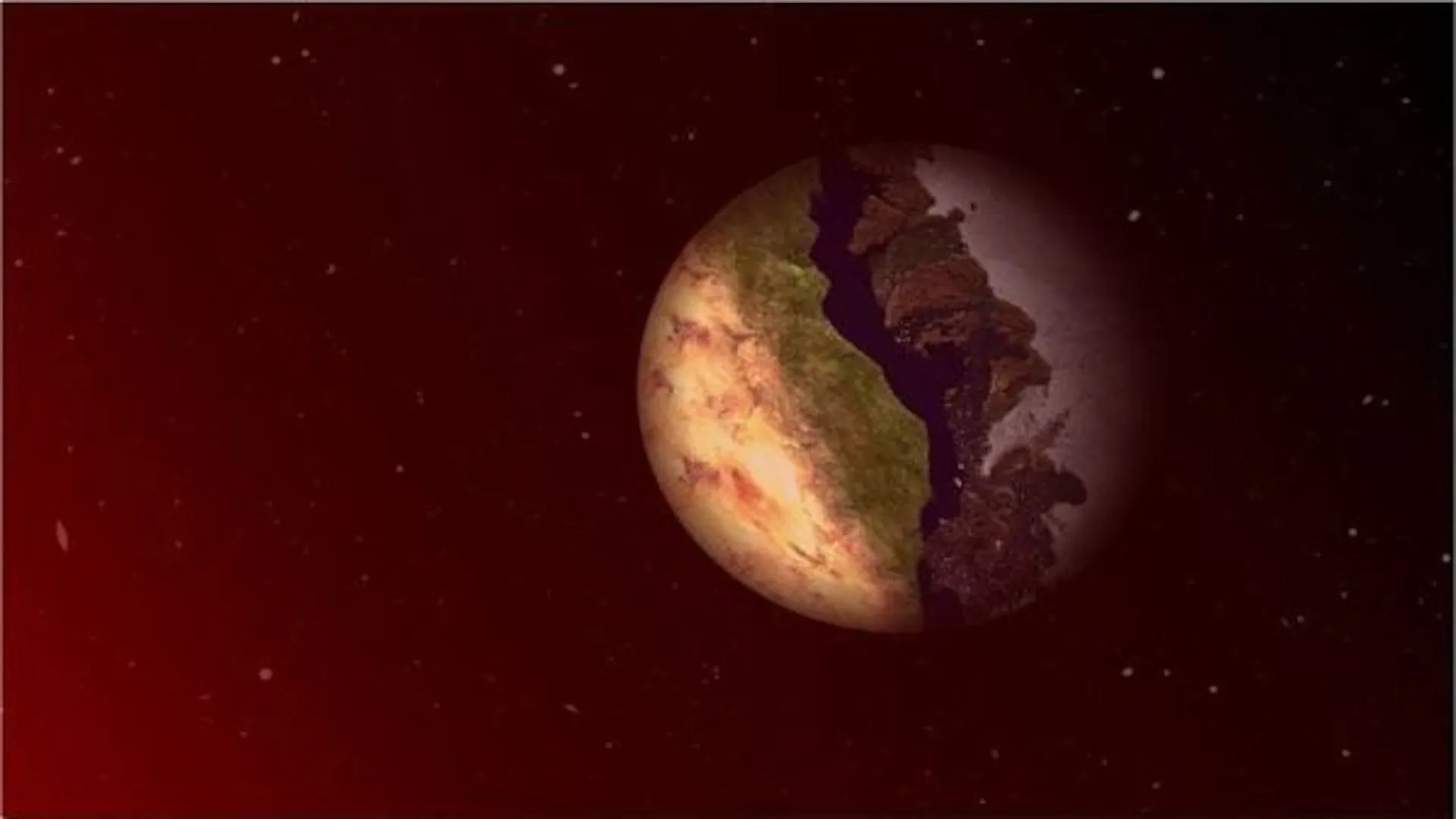
In a new study, astronomers propose that extraterrestrial life could exist in so-called terminator zones, the border between light and dark halves of an exoplanet.

One of the most well-studied chemical processes in nature, photosynthesis, may not work quite how we thought it did, scientists have accidentally discovered. See the study here.
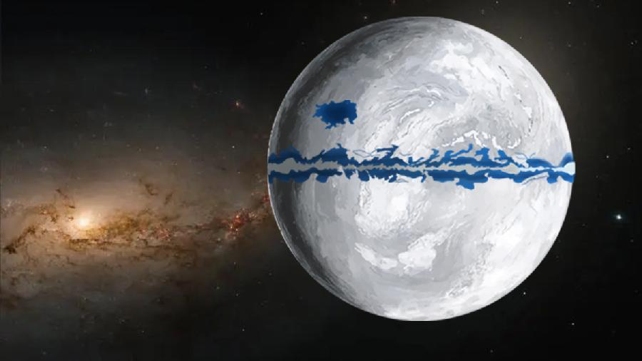
A new study by researchers from China and the UK is the latest to suggest ‘Snowball Earth’ wasn’t completely covered in ice – and might have even exhibited habitable open-ocean conditions far away from the equator.

When deprived of water or snipped with scissors, plants emit a flurry of staccato “screams” that are too high-frequency for humans to hear, a study suggests. When lowered into a range that human ears can detect, these stress-induced pops sound like someone furiously tap dancing across a field of bubble wrap.
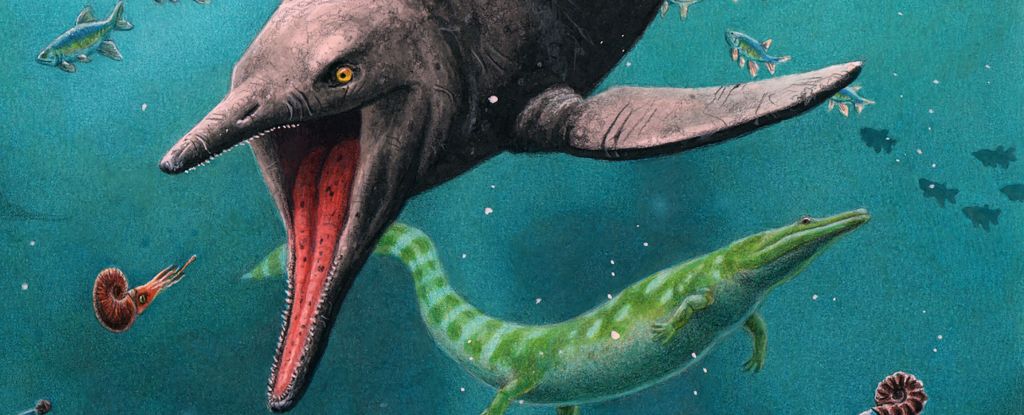
Bones found on the remote Arctic island of Spitsbergen suggest the ancient marine reptiles known as ichthyosaurs roamed Earth’s oceans for much longer than we thought.
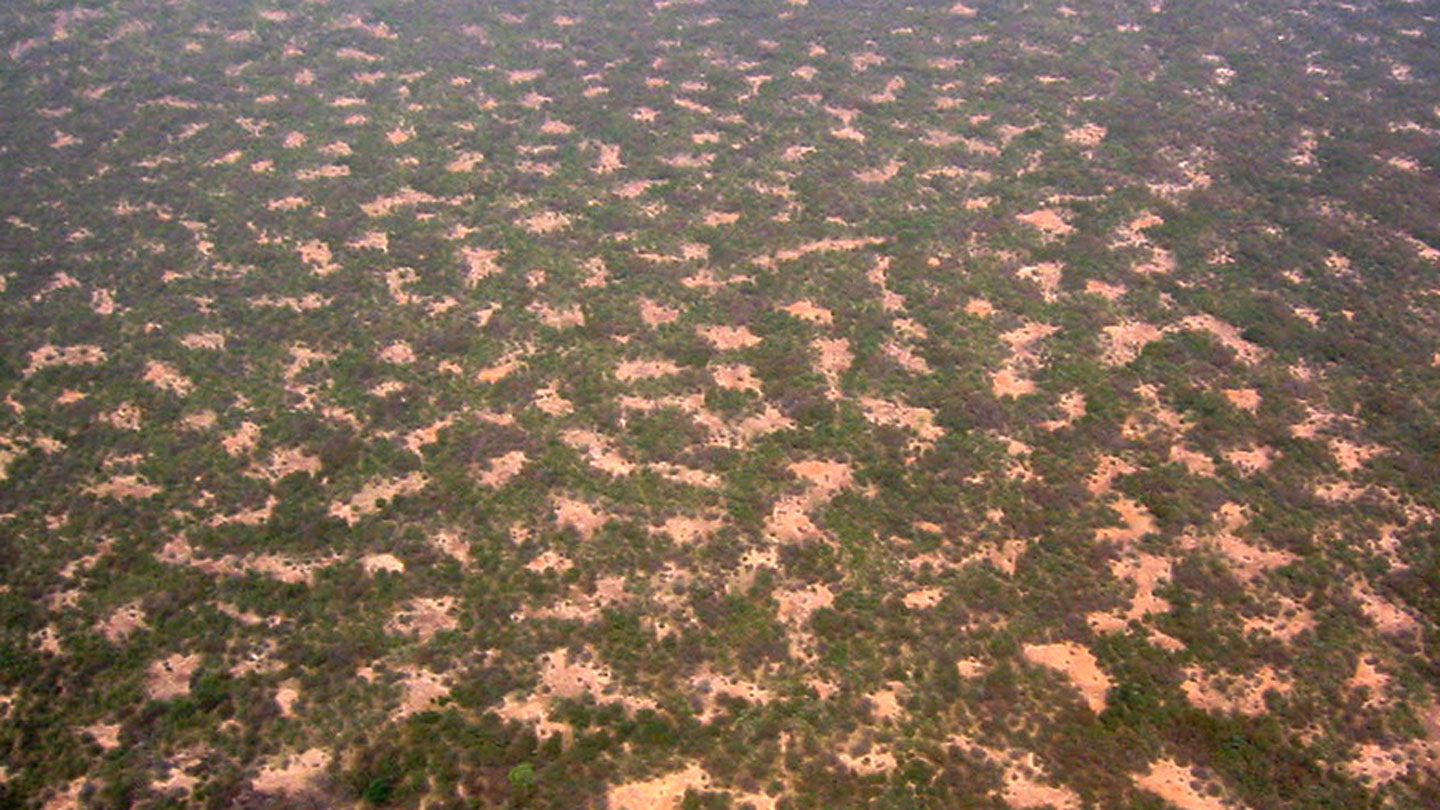
Chia seeds sprouted in trays have experimentally confirmed a mathematical model proposed by computer scientist and polymath Alan Turing decades ago. The model describes how patterns might emerge in desert vegetation, leopard spots and zebra stripes.

It’s easy to see why most folks think of mushrooms as some type of weird plant, popping out from under the soil when it rains and found in the vegetable aisle of the grocery store…
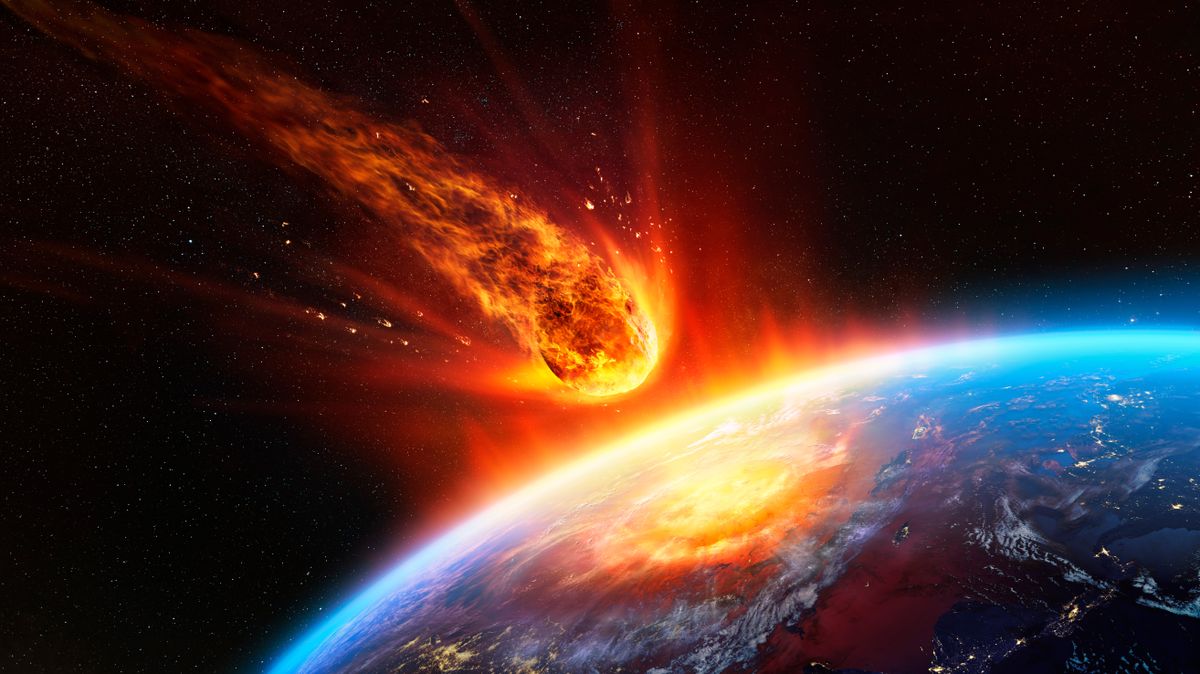
Scientists in Australia have unearthed 3.48 billion-year-old rock fragments that may be the earliest evidence of a meteorite crashing into Earth.
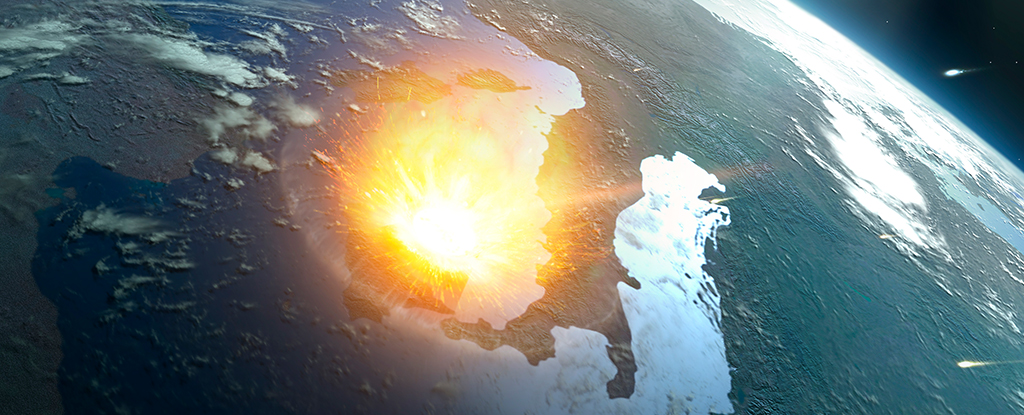
Our planet hides its scars well. It’s a shame, actually, as evidence of previous asteroid strikes might help us better plan for the next catastrophic impact. In fact, NASA’s Goddard Space Flight Center chief scientist, James Garvin, thinks we might have been misreading traces of some of the more serious asteroid strikes that have occurred within the past million years
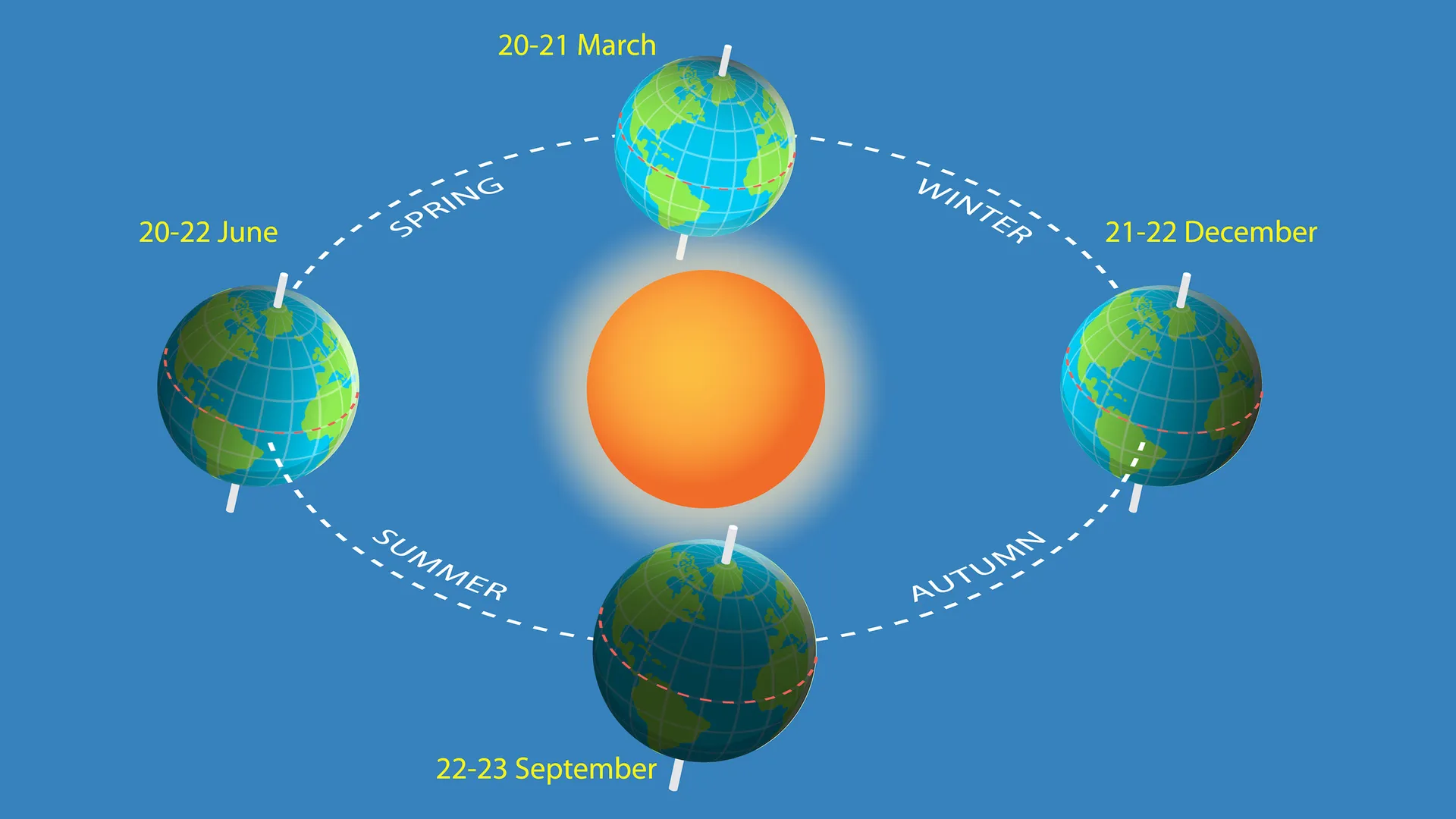
Equinoxes occur twice a year, with daylight and darkness being about the same length in both the Southern and Northern Hemispheres. This phenomenon’s name comes from the Latin words “aequus” (equal) and “nox” (night). In 2023, the spring equinox occurs at 5:24 p.m. EDT (21:24 UTC) on March 20. The autumn, or fall, equinox will happen at 2:50 a.m. EDT on Sept. 23, 2023.








